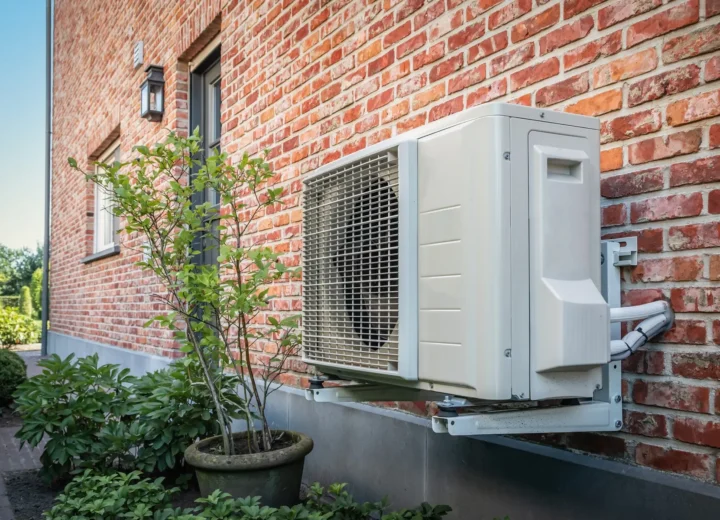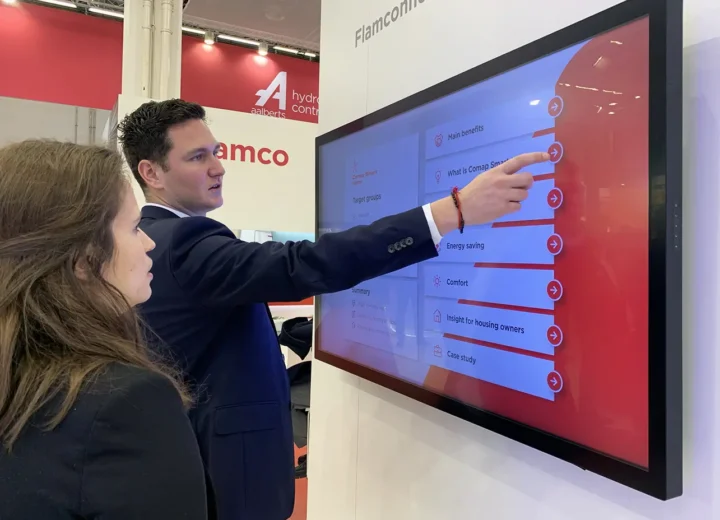The European Green Deal has set the blueprint for changes we need to make to help the planet. All 27 EU Member States are committed to turning the EU into the first climate neutral continent by 2050. This translates into reducing emissions by at least 55% by 2030, compared to 1990 levels. To reach this target, member countries will have to adapt their legislation regarding CO2 emissions and energy consumption reduction. As a property developer, it’s more vital than ever to ensure better load distribution and a reduction in consumption for your construction or renovation projects. And in order to reduce energy, you need to be transparent about how much you consume or what the precise demand is.
Read on to discover why connectivity is the best way to approach these new and necessary regulations.
Metering systems: a great source to collect data
The first step in ensuring energy efficiency and transition is collecting data. With accurate data, you can make use of predictive maintenance, and the maintenance job itself can be done more quickly and effectively.
On a metering dashboard, you get an overview of every property installation. This includes heat, cold and water (warm and cold) consumption, where the elements are installed, the state of the unit (so you can quickly identify the failure of a component of the installation), the consumption data of each apartment, as well as the possibility to view the details about the consumption data of each element.

Flamconnect Metering is a tool that brings the transparency you need for your buildings to comply with regulations.
How does it work?
It’s simpler than you might think. Metering devices such as water and/or heat meters are installed in each apartment, all of which are gateway connected thanks to radio communication or wired networks. The gateway communicates with the internet via a SIM card (GSM), and the portal receives the information. This allows straightforward and constant remote access to an estate, making it much easier to support it.
Interventions are more straightforward when using a system that records data 24/7, on which information is updated constantly.
The added value of gathering data
Brings consumption transparency
Consumption transparency is one of the main benefits of gathering data. Information can be easily transferred in CSV format to provide a simple and brief overview of consumption. The system can also be connected to an FTP server or an API. Processed consumption data helps with billing too, since every tenant can receive a bill for their exact consumption.
Detect any malfunction or problem quickly thanks to alerts (signalling high consumption or very low consumption)
These alerts save you time, allow you to call the right expert to fix a problem, and get the job done efficiently. You can even create personalised alert rules and automatically send them to maintenance.

Analyse the building performance
Gathering data also lets you analyse sources of over-energy consumption or non-consumption (synonymous with a problem in the operation of the installation). Comparing heating consumption between years is another possibility, e.g. after a renovation including insulation work, so you can prove the energy efficiency of a building.

Go further by controlling the heat with automatic thermostats
Automatic thermostats are a great way to maximise comfort and reduce consumption. When the desired temperature in a room is reached, the thermostat sends information to the system, telling it to stop heating. It’s possible to alter the temperature depending on the needs of each apartment. Via an autonomous mode, the system automatically increases or decreases the temperature of rooms according to habits, e.g. if the tenants are out from 8:30 am to 5:30 pm. Alternatively, tenants can set a time schedule for when to heat or not heat each room according to their daily routine (wake up time, etc.). All of this can be done with a smartphone. This improved temperature control, adapted to tenants’ needs and habits, saves energy while ensuring comfort. Using an automatic thermostat is ideal for regulating heating in apartments, and the entire building.
Data that you can access remotely at all times doesn’t only ease interventions, but helps you monitor and prove the energy efficiency of buildings. Metering systems provide a fast and seamless transfer of information, and once installed, are effortless to use for both property developers and all stakeholders involved in the construction and management of the building.





